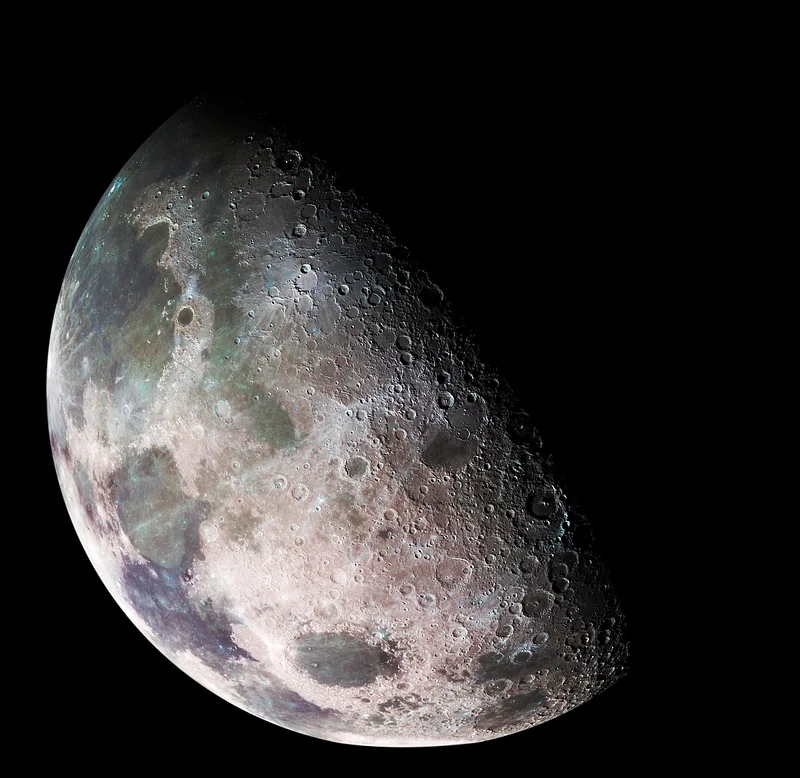Beijing, Sept 19: Lunar samples brought back by China’s Chang’e-6 mission from the little explored far side of the moon have exhibited “distinct characteristics” compared to previously obtained lunar samples, a paper published by the Chinese scientists has said.
A team of scientists in their first research paper published on the lunar samples from the far side of the moon said on Tuesday the Chang’e-6 soil samples have a lower density than previous samples from other parts of the moon, indicating a more porous and loosely structured composition.
The plagioclase content of the Chang’e-6 samples is significantly higher than that of the Chang’e-5 samples, while their olivine content is significantly lower.
The study also revealed the Chang’e-6 lithic fragment samples are primarily composed of basalt, breccia, agglutinate, glasses and leucocrate.
Geochemical analysis of the Chang’e-6 lunar samples has shown that their concentration of trace elements such as thorium, uranium and potassium is markedly different from the samples retrieved by the Apollo missions and the Chang’e-5 mission, state-run Xinhua news agency reported.
China in May this year launched a 53-day lunar probe mission to collect samples for the first time from the far side of the moon and bring them to the Earth for scientific studies, the first endeavour of its kind in the history of human lunar exploration, according to China National Space Administration (CNSA).
Chang’e 6 consists of four components: an orbiter, a lander, an ascender and a re-entry module.
The returner of the Chang’e-6 in June brought back 1,935.3 grams of samples from the far side of the moon.
The study was carried out jointly by members from the National Astronomical Observatories of the Chinese Academy of Sciences, the Lunar Exploration and Space Engineering Centre, and the Beijing Institute of Spacecraft System Engineering.
In July this year, Chinese scientists studying soil samples of the moon brought by China’s Chang’e-5 mission in 2020 found water molecules in lunar soil.
Based on lunar soil samples returned by China’s Chang’e-5 mission in 2020, Chinese scientists have found a hydrated mineral “enriched” with molecular water, according to the Chinese Academy of Sciences (CAS).
In 2009, India’s Chandrayaan-1 spacecraft detected signs of hydrated minerals in the form of oxygen and hydrogen molecules in sunlit areas of the moon.
Among its suite of instruments, it carried NASA’s Moon Mineralogy Mapper (M3), an imaging spectrometer that helped confirm the discovery of water locked in minerals on the Moon. (PTI)




